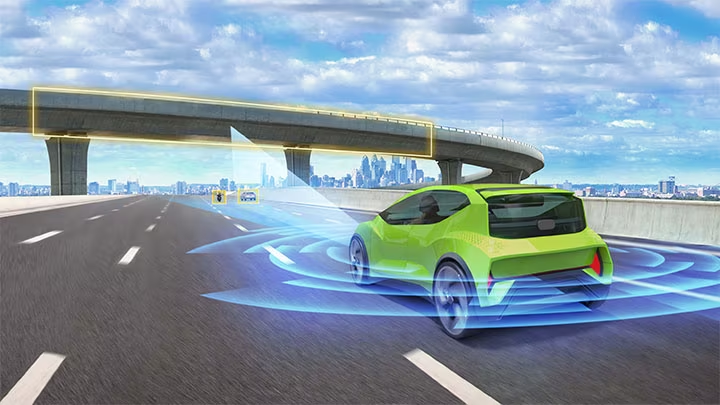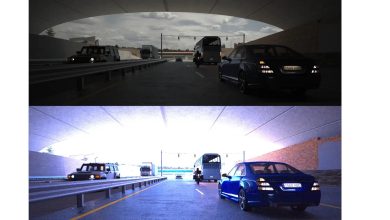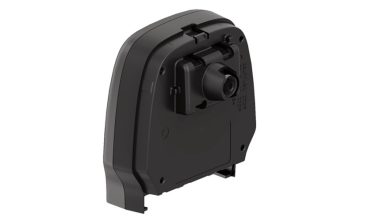NXP invests in Zendar Inc, to speed up high-res radar development

EINDHOVEN, The Netherlands, Nov. 02, 2023 (GLOBE NEWSWIRE) — NXP Semiconductors N.V. (NASDAQ: NXPI) announced investment in Zendar Inc. , a start-up in high-resolution radar for autonomous vehicle and future mobility. The investment aims to accelerate and improve high-resolution radar solutions for autonomous driving (AD) and ADAS to complement NXP’s leading scalable radar portfolio.
NXP and Zendar will collaborate on enhanced high-resolution radar systems for automotive applications. They will leverage Distributed Aperture Radar (DAR), a technology developed by Zendar, which allows a simplified system solution approach. Moreover, the investment reinforces NXP’s technology leadership in the automotive radar market. It also strengthens the ecosystem, which marks the next step towards improved road safety.
Both AD and ADAS applications require high-resolution sensing to ensure the vehicle moves safely on the road. DAR offers a smart path to enhance the resolution of high-performance radar systems. It eliminates the need for thousands of antenna channels. Furthermore, it coherently fuses information from multiple radar sensors on a vehicle to create a larger effective antenna that achieves unprecedented sensing resolution. The technology enables high-angular resolution below 0.5 degrees, offering lidar-like performance which is essential for precise mapping of the environment. Conventional radar sensors operate between 2 and 4 degrees. In addition, DAR offers further potential to enhance the resolution through flexible mounting techniques.
The radar solutions will be based on NXP’s widely adopted S32R radar processor platform and RFCMOS SAF8x one-chip SoCs. These solutions tailor to cover car OEMs’ ever diversifying vehicle architectures and accelerate the transition toward distributed architectures. Moreover, car makers and Tier 1 suppliers will benefit from high-resolution systems developed with substantially simplified standard radars, which have reduced thermal complexity. These systems also have a smaller radar footprint, allowing for flexible and convenient mounting.
DAR technology is fundamentally early fusion from distributed radar modules. NXP’s industry-leading radar portfolio is essential to deploy DAR in automotive. The lidar-like performance of DAR is a breakthrough for next-generation ADAS. I am excited to usher this industry revolution in collaboration with NXP.
Vinayak Nagpal, Co-Founder and CEO, Zendar Inc.
Zendar’s innovative technology combined with NXP’s state-of-the-art radar portfolio aims to enable high-resolution radar sensing for both, edge and upcoming distributed vehicle architectures. Together with Zendar, we are bringing this exciting new technology to the OEMs and Tier 1 suppliers. The comprehensive solution allows flexible DAR processing either on the edge or zones to support carmakers’ diverse ADAS vehicle architectures.
Steffen Spannagel, SVP and GM, ADAS, NXP
Availability
Application development can start immediately, and the launch is expected to be scheduled for next-generation OEM platforms.
NXP’s Radar Portfolio
NXP offers a complete suite of radar sensor solutions that is designed to surround vehicles in a 360-degree safety cocoon. The scalable suite of sensing solutions covers car OEMs’ ever-diversifying use cases and architectures, from corner radar to high-resolution 4D imaging radar. Moreover, the S32R platform offers a common architecture for software reuse and speedy development, a highly performant hardware security engine (HSE), over-the-air (OTA) update support, and compliance with the newest cybersecurity standards. The latest addition to NXP’s scalable radar portfolio is the industry-first 28nm RFCMOS radar one-chip IC family SAF85xx for next-generation New Car Assessment Program (NCAP) applications.
News related to NXP –



